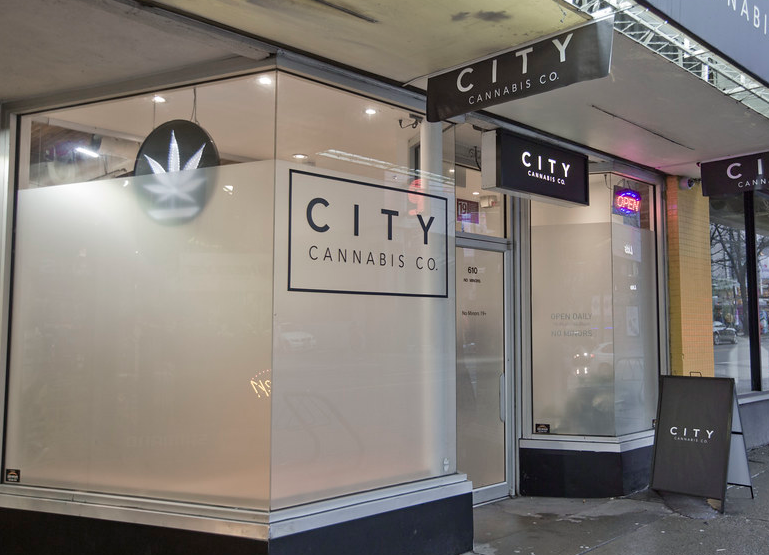Cannabis shops are racing to keep customers coming back, and tech-powered loyalty programs are leading the charge. These tools, inspired by airlines and hotels, help stores build strong ties with buyers in a tough market. But how exactly are they changing the game, and what tech makes them work so well?
Why Loyalty Programs Matter Now in Cannabis Sales
Loyalty programs have become a must-have for cannabis retailers fighting to stand out. Industry experts say without one, stores risk losing ground in this fast-growing field. Rocco Del Priore, co-founder of Sweed, a California-based software firm, calls them “table stakes” – something every shop needs just to compete.
Stores face stiff rivalry as more states legalize cannabis. Data from New Frontier Data shows U.S. cannabis sales hit $29 billion in 2023, up from $26 billion the year before. This boom means customers have tons of choices, so keeping them loyal pays off big.
Many programs start simple, like points for purchases. But tech takes them further, turning basic rewards into smart systems that track habits and offer custom deals.
Retailers who skip these programs often see customers drift to rivals. A 2024 report by Headset, a cannabis data firm, found that shops with strong loyalty setups see 25% higher repeat visits.

Tech Tools Powering Smarter Rewards
Technology firms like Dutchie and Sweed are at the heart of this shift. They provide all-in-one systems that mix sales tracking, online shopping, and marketing. Chris Ostrowski, Dutchie’s chief technology officer, says their tools can support any loyalty idea a store dreams up.
These platforms use data to personalize offers. For example, AI scans buying patterns to suggest products, much like Netflix recommends shows.
Blockchain adds security, verifying customer ages and tracking rewards without errors. A post on X highlighted how AI cuts waste by 35% through smart inventory, showing tech’s real impact.
Shops can now send targeted texts or app alerts for deals, boosting engagement. This tech helps small stores compete with big chains by making every customer feel special.
One key feature is real-time updates. Buyers earn points instantly at checkout, encouraging more spending right away.
Real Examples from Leading Cannabis Stores
Stores like Deep Roots Harvest and The Source show how tiered loyalty works in action. Customers climb levels based on spending, unlocking better perks like free items or early access to new stock.
Deep Roots Harvest, based in Nevada, uses a system where top spenders get VIP events. This builds a sense of community, turning one-time buyers into regulars.
The Source offers points that stack up for discounts, integrated with their app for easy tracking. These models prove tech-driven programs can lift sales by rewarding loyalty in fun, meaningful ways.
Here’s how some programs break down:
- Basic tier: Earn 1 point per dollar spent, redeem for small discounts.
- Mid-tier: Double points on certain days, plus birthday bonuses.
- Top tier: Exclusive products and invites to store events.
A 2025 study by StratCann noted that such strategies help retain customers in competitive spots like California and Michigan, where oversupply drives prices down.
In Michigan, dispensaries like House of Dank use tech for community ties, blending loyalty with local events. This approach not only keeps sales steady but also strengthens brand trust.
| Loyalty Tier | Spending Threshold | Key Rewards |
|---|---|---|
| Bronze | $0-$500 | 1 point per $1, 5% off next buy |
| Silver | $501-$1,000 | 1.5 points per $1, free delivery |
| Gold | Over $1,000 | 2 points per $1, VIP access |
This table shows a typical setup, based on trends from firms like PayRio.
Future Trends Shaping Cannabis Loyalty
Looking ahead, 2025 trends point to even more tech integration. Reports from IndicaOnline predict growth in AI for predicting buyer needs, like auto-suggesting strains based on past buys.
Personalization will deepen with data from multichannel approaches, as seen in TechPOS systems. Shops might use apps to offer hyper-targeted rewards, increasing retention by up to 40%, per a Breadstack analysis from early 2025.
Challenges remain, like keeping data private amid strict rules. But innovations in secure tech, such as blockchain, address these worries.
E-commerce is booming too. Platforms let customers order online and earn points seamlessly, blending in-store and digital experiences.
As markets mature, loyalty programs will evolve to include social features, like sharing rewards with friends.
